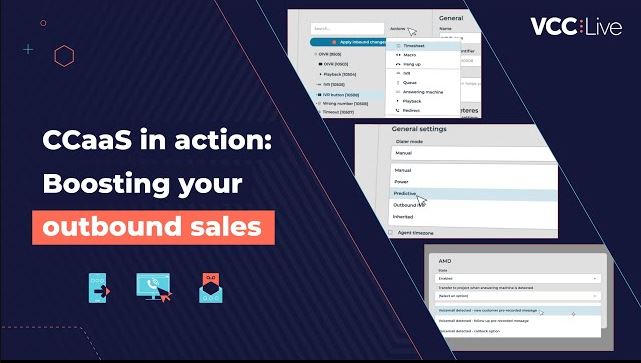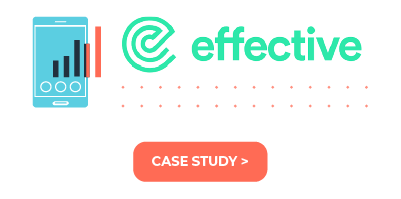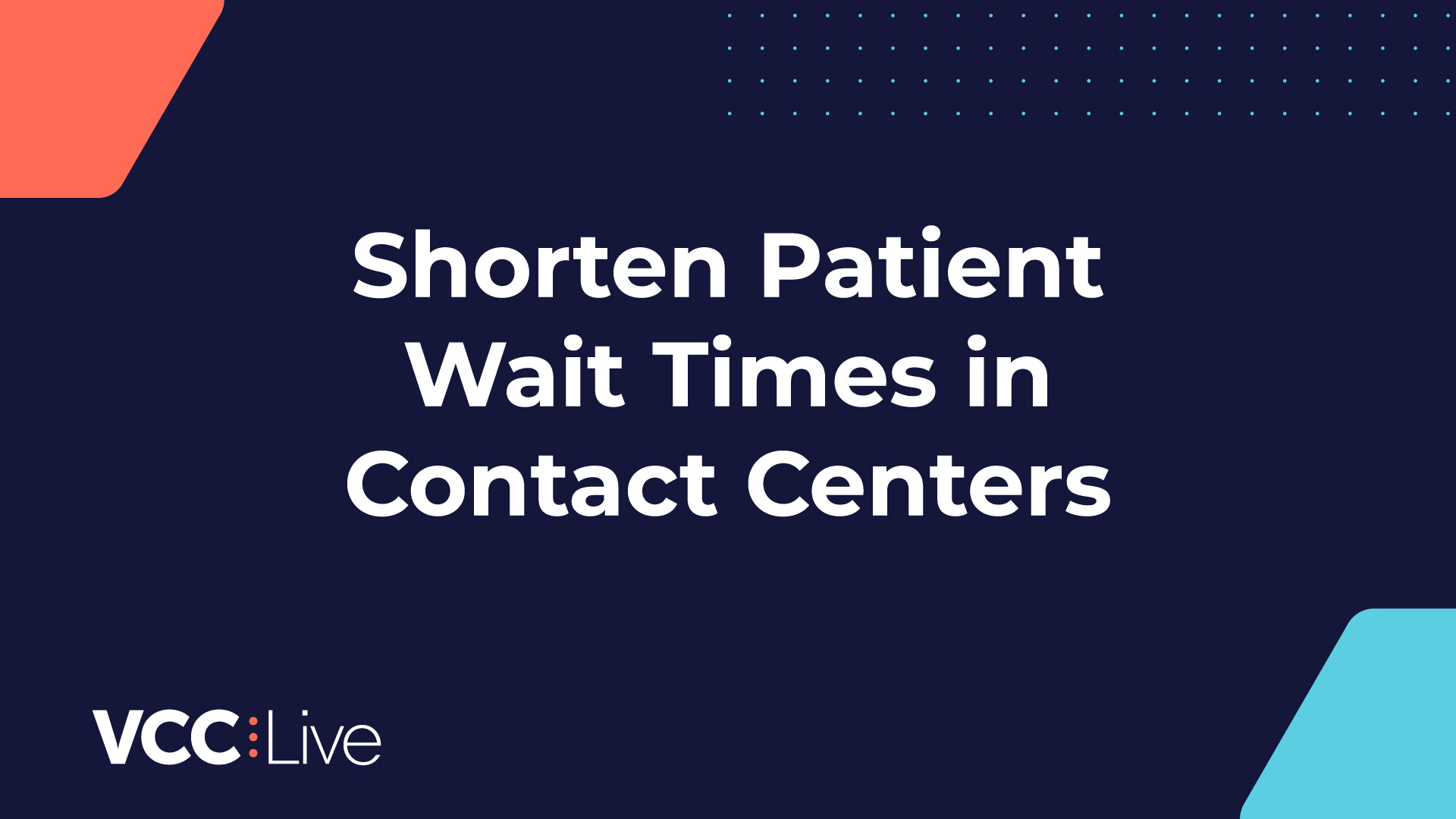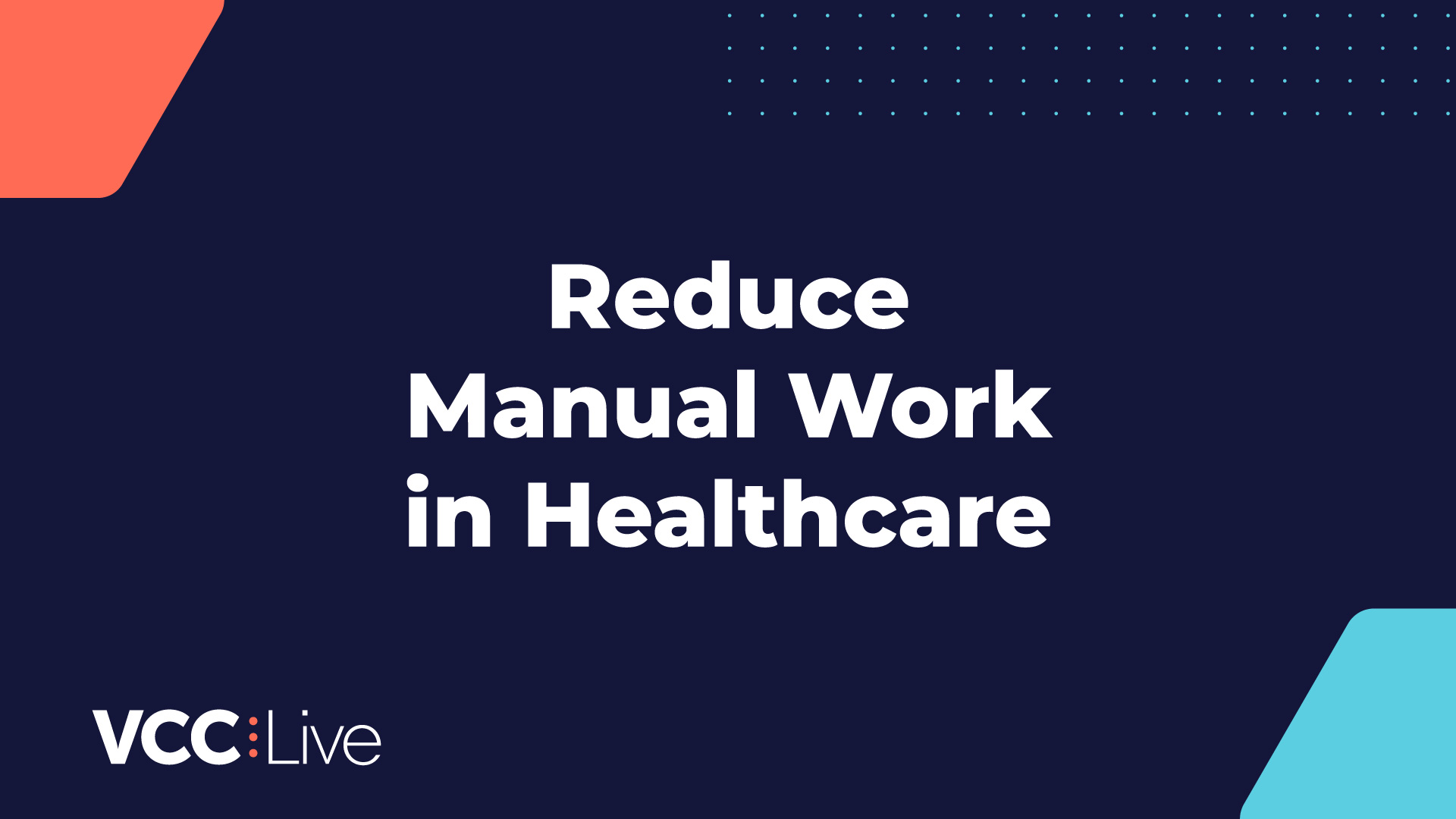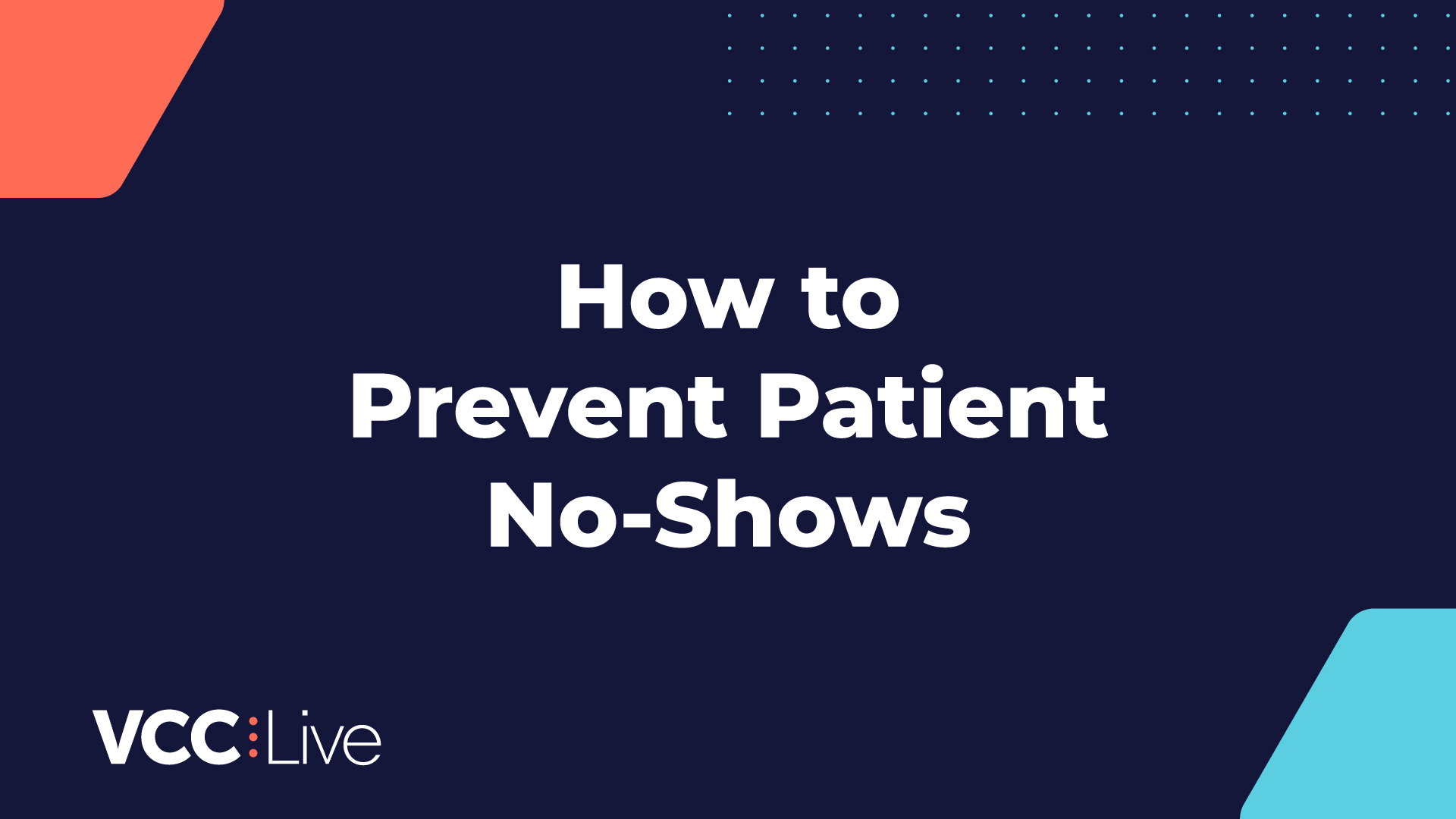Healthcare contact centers are often the first real touchpoint between a patient and a clinic. If that first experience is a long, silent wait in a queue, trust drops before a single word is spoken.
In most clinics, long wait times come from predictable gaps in routing, visibility, and staffing rules. The good news is that these are fixable with the right processes and tools.
A familiar scenario: patients waiting, staff scrambling
Does this sound familiar?
As soon as your phone lines open up on a Monday morning, the queue is full within minutes.
A patient calls to check a referral before work. They are placed on hold. The music loops. Minutes pass, then more minutes. They start wondering if the clinic lost their information, or if they should just try a different provider.
On the clinic side, agents are juggling a mix of calls. One is handling a complex insurance issue, while another is trying to find lab results in a slow system. A third is covering two queues at once because someone called in sick. No one sees the full picture of how fast the queue is growing.
There is no winning in this situation. Patients feel ignored, agents feel overloaded, and supervisors are forced to put out fires again.
Why long wait times keep happening
Long waits usually come from a few underlying issues.
1. Routing treats every call the same
If all incoming calls land in one general queue, agents spend time triaging instead of solving. Appointment questions, urgent clinical concerns, simple admin requests, and billing problems all mix together.
Skills based routing can change this. When calls are routed based on the type of request, language, or specialty, patients reach an agent who can actually help them. You can read more about that logic in our guide to skills-based routing.
2.Self-service options are limited
Many clinics still rely on agents for simple requests, such as opening hours, basic appointment confirmations, or even directions. These are important but do not always require a human.
An IVR system can handle a large part of this traffic. Patients can confirm, cancel, or move appointments, reach the right department, or get simple information via a pre-recorded message before they ever reach an agent. This frees your team to focus on calls that really need a conversation.
3.Supervisors cannot see problems early enough
If supervisors only see reports at the end of the working day, they cannot step in while queues are growing.
A real-time contact center dashboard that shows live metrics such as queue length, average wait time, and abandonment rate gives them a real chance to intervene. For example, they can temporarily move agents between queues, pause outbound calls, or step in on difficult conversations.
4.Staffing does not match real demand
Healthcare demand is rarely flat. Mornings are often busier than afternoons. Certain days of the week are heavier. There are seasonal spikes around vaccination campaigns or flu waves.
Without accurate data, staffing plans rely on guesswork. That leads to overstaffed quiet periods and understaffed peaks, which quickly creates long waits.
4 practical steps to reduce patient wait times
The clinics that make real progress on wait times usually follow a simple pattern: measure, redesign, then automate.
1.Measure accurately, in real time
Start by tracking a small set of core metrics:
- Average speed of answer
- Abandonment rate
- Longest wait time during the day
- Queue length by time of day
Use your contact center dashboard to see how these change in real time. Patterns will appear quickly. You might notice, for example, that wait times spike right after lunch, or that one queue suffers more than others.
2.Redesign the call flows
Next, review how calls move through your system.
Questions to ask:
- Do we have separate paths for appointment questions, clinical concerns, and billing?
- Are language requirements considered in routing?
- Which requests could be handled by IVR instead of a live agent?
This is where skills-based routing becomes valuable. You assign attributes to agents and map them to common call types. The routing engine then uses those attributes to decide who should receive each call.
3.Add efficient self-service through IVR
Set up IVR paths that solve something specific for patients instead of just a long menu of options.
Common examples:
- Confirming, cancelling, or rescheduling appointments
- Basic pre-visit instructions
- Checking whether lab results are available
- Routing to the right department without adding to the agents’ workload
IVR does not replace agents, but it protects them from repetitive calls so they can respond faster to complex or sensitive cases.
4.Give patients a callback choice
A simple callback option lowers frustration during busy periods. Patients keep their place in line without staying glued to the phone. Your team benefits from smoother traffic during peaks.
How VCC Live supports lower wait times
VCC Live brings these elements together in one platform.
- Skills based routing connects patients with the right agent on the first try
- IVR flows handle routine tasks and guide patients to the right department
- A real-time dashboard shows what is happening in each queue, so supervisors can act in the moment
- Callback flows and flexible outbound rules help balance workload across the day.
When these pieces work together, patients get their queries answered faster, agents feel more in control, and supervisors have clearer data to base decisions on.
It’s time to optimize your call center wait times
Long wait times are a signal that your contact center design needs attention. Routing, visibility, and self-service are levers you can adjust, and the results are measurable.
To see how long wait times connect to other operational challenges, read this article next: 5 Common Problems Healthcare Contact Centers Face and How to Solve Them.
Ready to explore how VCC Live can help clinics and hospitals handle calls more efficiently and give patients a smoother experience?
👉 Book a free demo today and see our contact center in action.
